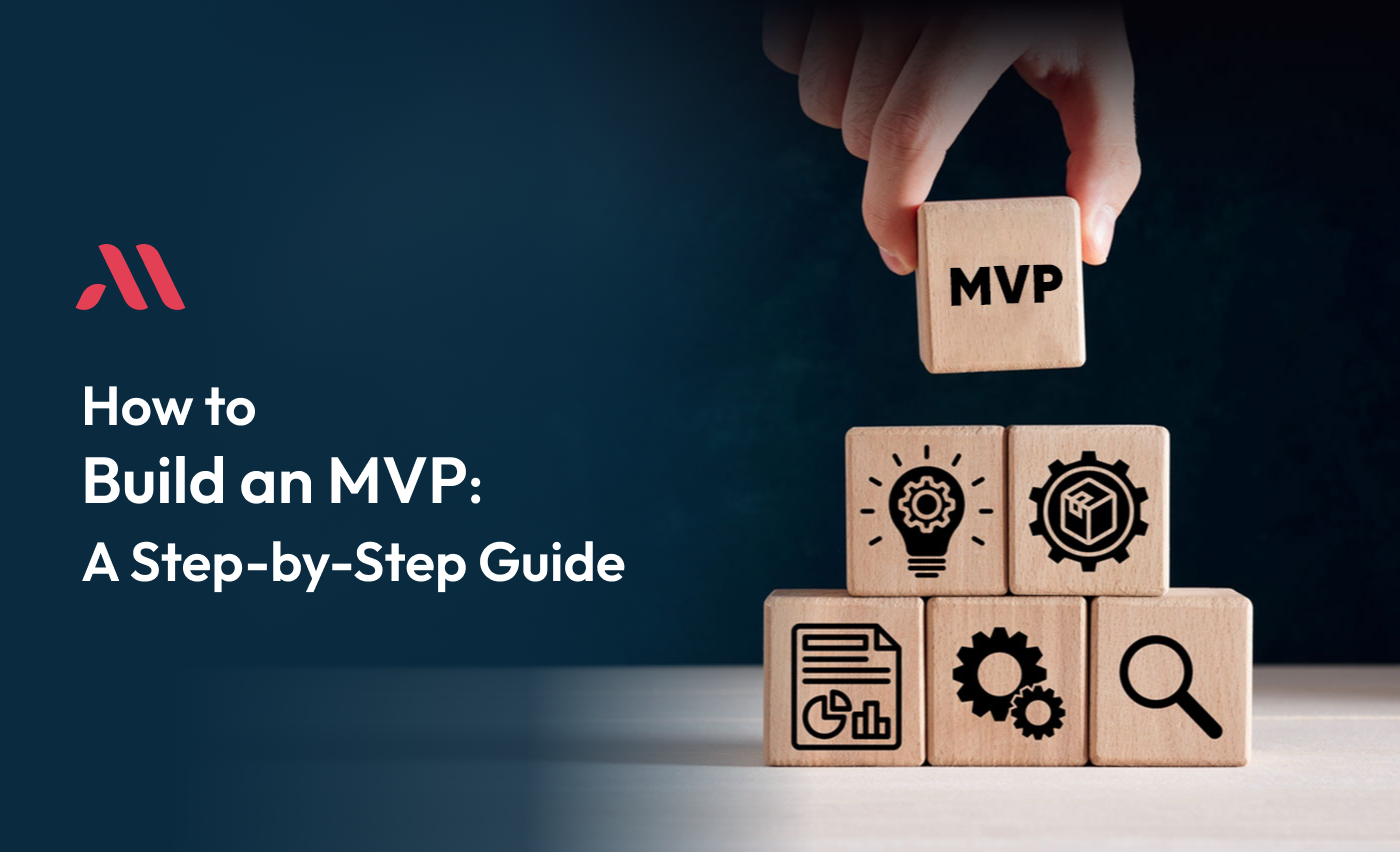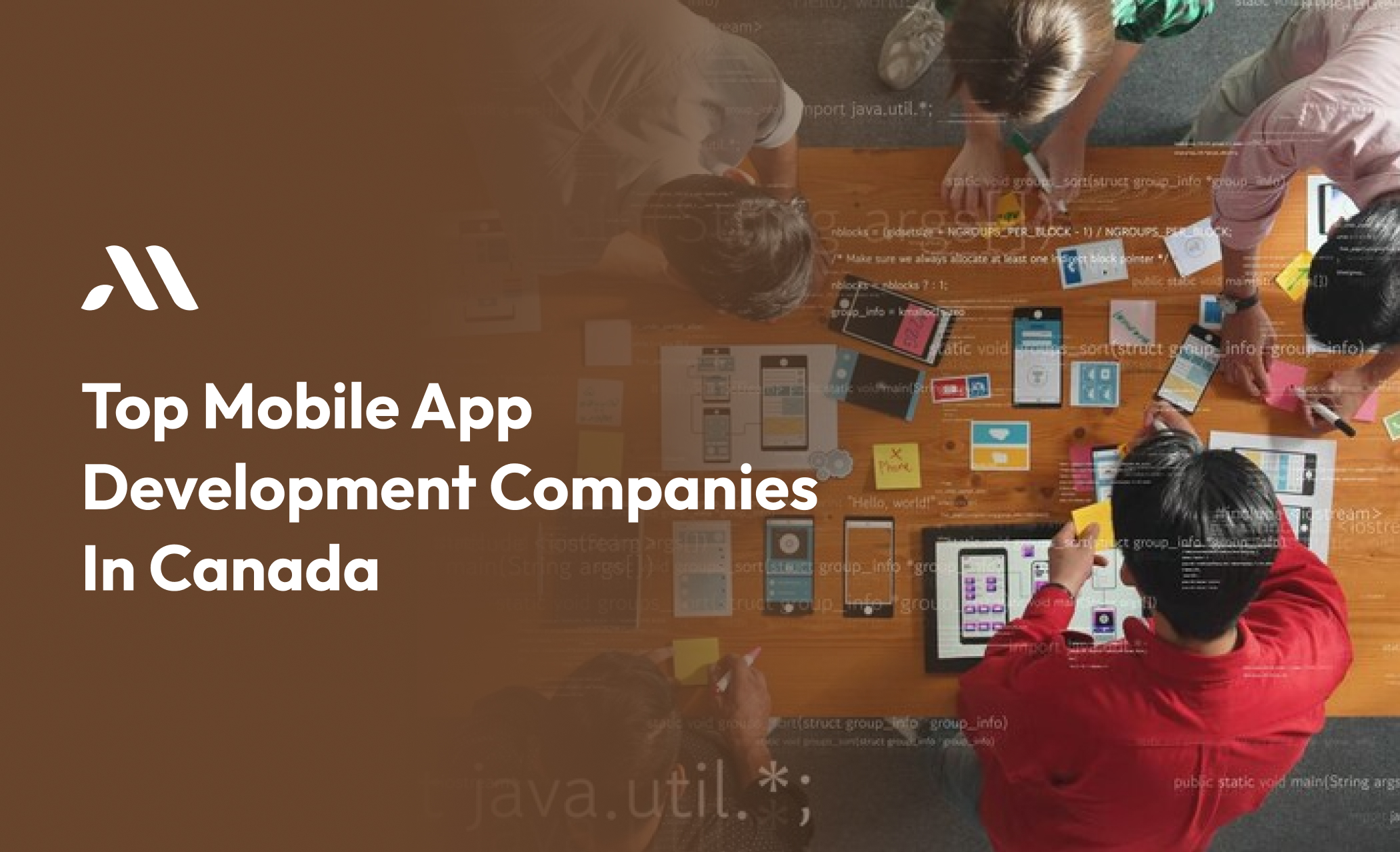Creating a Minimum Viable Product (MVP) is a smart way to start a new project. An MVP is the simplest version of a product that can still be launched. It includes only the important features. This guide will help you understand how to build an MVP step by step. Whether you're a beginner or have some experience, this guide is for you.
What is an MVP?
An MVP, or Minimum Viable Product, is the first version of a product that you can release. It has just enough features to satisfy early users and provide feedback for future development. The goal is to test your idea quickly and with minimum resources.
Why Build an MVP?
Building an MVP helps you:
- Test Your Idea: See if people like your idea before spending too much money and time.
- Get Feedback: Learn what users want and improve your product based on their suggestions.
- Save Resources: Avoid wasting resources on features that users don't need.
- Attract Investors: Show potential investors a working product.
Step-by-Step Guide to Building an MVP
1. Identify the Problem
Start by understanding the problem you want to solve. Talk to potential users and research the market. This helps you know if there is a real need for your product.
2. Define Your Goals
Set clear goals for your MVP. What do you want to achieve? Your goals could include getting a certain number of users, receiving feedback, or testing a specific feature.
3. Research Your Market
Study your market to understand your competition. Look at similar products and see what they provide. This will help you identify what makes your product unique.
4. Define Key Features
List the key features that your MVP must have. These are the features that solve the main problem for your users. Avoid adding extra features that are not important.
5. Create User Stories
User stories are simple descriptions of how users will interact with your product. For example, "As a user, I want to sign up quickly so I can start using the app." User stories help you stay focused on what the user needs.
6. Prioritize Features
Rank the features based on their importance. The most important features should be developed first. This ensures that your MVP can solve the main problem even if you run out of time or resources.
7. Build a Prototype
Create a basic version of your product, called a prototype. This helps you visualize the final product and make changes before starting development. Use tools like sketches, wireframes, or digital prototypes.
8. Choose the Right Technology
Select the technology stack that suits your product. If you're not sure, take advice from experts. The right technology can make development easier and faster.
9. Develop the MVP
Start developing your MVP with the key features. Keep the design simple and focus on functionality. Test the product as you build it to ensure it works correctly.
10. Test Your MVP
Before launching, test your MVP thoroughly. Fix any bugs and make sure it is user-friendly. You can use tools like user testing sessions to get feedback.
11. Launch Your MVP
Launch your MVP to a small group of users. This is usually called a soft launch. Gather feedback and use it to improve your product.
12. Collect and Analyze Feedback
After launching, collect feedback from users. Look at what they like and dislike. Use this feedback to plan the next steps for your product.
13. Improve and Iterate
Based on user feedback, make improvements to your MVP. This is an ongoing process. Continue to add features and fix issues as you learn more from your users.
14. Plan for Scaling
As you receive positive feedback and see increased user interest, plan how you will scale your MVP. This may involve adding more features, improving performance, or expanding to new markets.
15. Add More Features
Based on user feedback and your initial goals, start adding more features to your MVP. Prioritize features that users have requested or that will enhance the user experience.
16. Improve Performance
Optimize your MVP for better performance as you scale. This includes improving loading times, fixing bugs, and ensuring the product runs smoothly as more users access it.
17. Expand to New Markets
Consider expanding your MVP to new geographic locations or target demographics. This can require localization efforts to adapt your product to different languages or cultural preferences.
18. Monitor Metrics
Track key metrics such as user engagement, retention rates, and conversion rates. These metrics help you understand how well your MVP is performing and where you need to make adjustments.
19. Gather Ongoing Feedback
Continue gathering feedback from users even after scaling. This helps you identify new opportunities for improvement and stay responsive to changing market needs.
20. Continue Based on Data
Use the data collected from user feedback and metrics to continue on your MVP. Make data-driven decisions to prioritize features and improvements that will have the biggest impact on your users.
Also Read - How Mobile App Development Company Helps a Startup Succee
Examples of Successful MVPs
Here are some real-world examples of successful MVPs that started small and grew into popular products:
Dropbox
Dropbox started as a simple file storage and synchronization service. Its MVP helps users to store and access files online, demonstrating the concept of cloud storage. Over time, Dropbox added features like file sharing and collaboration tools, becoming a widely used platform for file management.
Airbnb
Airbnb's MVP initially focused on renting out air mattresses in founders' living rooms. This simple idea tested the market demand for peer-to-peer lodging. As Airbnb gained popularity and received feedback, it expanded to include a wide range of accommodations worldwide.
Instagram began as a photo-sharing app with basic filters and social features. Its MVP helps users to share photos with friends and followers easily. As Instagram grew, it added video sharing, stories, and monetization features, becoming one of the most popular social media platforms globally.
Wrap Up
Building an MVP is a strategic approach to product development that minimizes risks and maximizes learning. By focusing on important features, gathering user feedback, and improving based on reviews, you can increase your chances of creating a successful and sustainable product. Remember, the journey of building an MVP is as important as the final product itself. Accept agility, creativity, and continuous improvement to build products that truly connect with your audience.
Are you ready to bring your concept to daily life? Our field of expertise at MicraSol is turning MVP concepts into solutions that are ready for the market.
Whether you're the creator of a startup or an established company, our team of experts is here to help you at every turn. Get in touch with us now, and together, let's create your MVP.
FAQS
Why build an MVP?
Building an MVP helps you validate your idea with real users, save time and money by focusing only on important features, and gather feedback for future improvements.
How do you define goals for an MVP?
Start by understanding the problem you're solving and what you want to achieve. Define clear goals that the MVP should accomplish to be successful.
How do you create a user flow for an MVP?
Map out the steps a user will take to use your product. Design a simple and simple journey from start to finish.
How do you scale an MVP?
Monitor metrics like user growth and feedback. Plan for infrastructure and feature enhancements as your user base expands.








